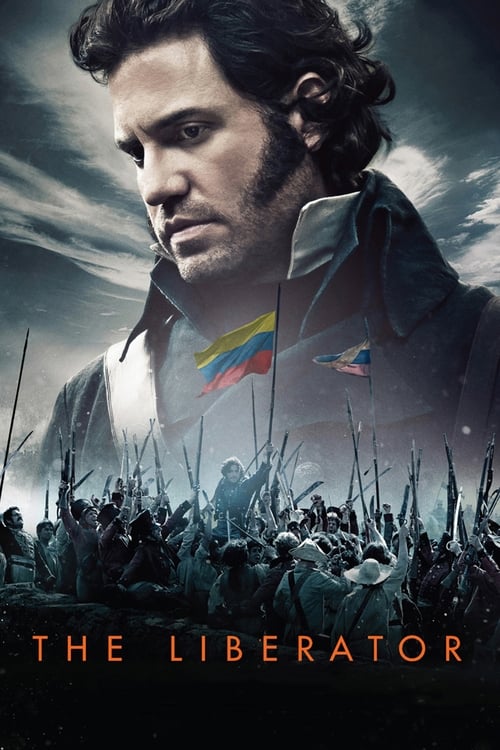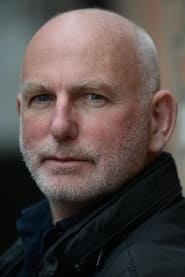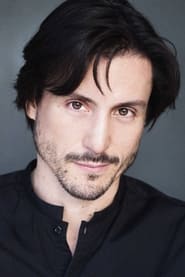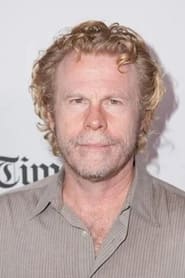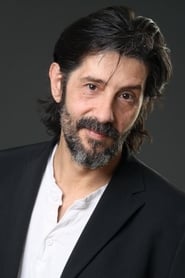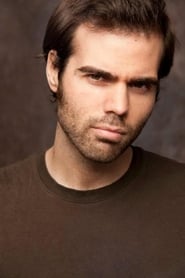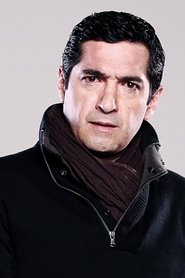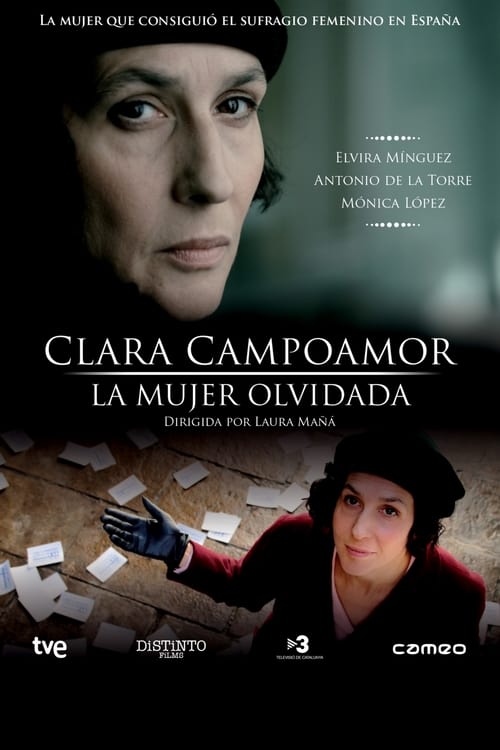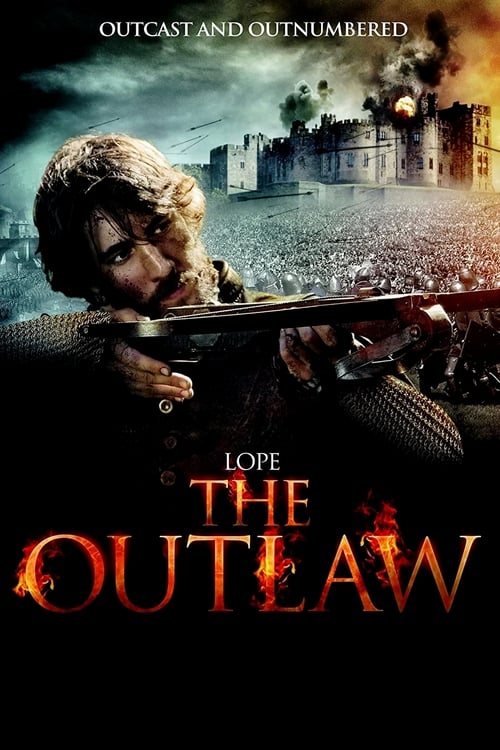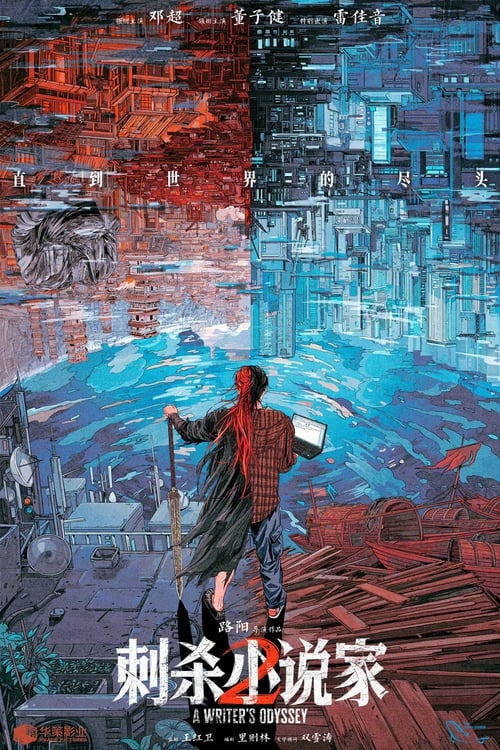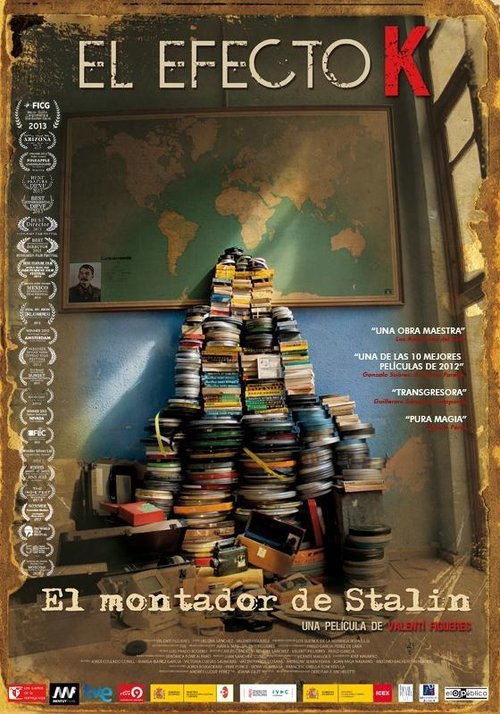
Ask Your Own Question
What is the plot?
What is the ending?
In the ending of "The Liberator," Simón Bolívar's vision for a united Latin America faces significant challenges. After a series of battles and political struggles, Bolívar realizes that his dream of a unified continent is slipping away. He becomes increasingly disillusioned with the leaders he once fought alongside. The film concludes with Bolívar's retreat into solitude, reflecting on his legacy and the sacrifices made for freedom, while the continent remains divided.
As the final act of "The Liberator" unfolds, we find Simón Bolívar, portrayed with a deep sense of weariness and resolve, grappling with the consequences of his relentless pursuit for independence. The scene opens with Bolívar standing on a hill overlooking a battlefield, the remnants of conflict scattered around him. The air is thick with the scent of gunpowder and the echoes of cannon fire still resonate in the distance. He is surrounded by his loyal followers, but the camaraderie that once fueled their fight is now tinged with uncertainty and despair.
In the next scene, Bolívar convenes a meeting with his closest allies, including Antonio José de Sucre and other leaders of the liberation movement. The atmosphere is heavy with tension as they discuss the fractured state of the newly liberated territories. Bolívar's voice, once filled with passion and conviction, now carries a weight of disappointment. He expresses his fears that the dream of a united Gran Colombia is fading, as regional leaders begin to assert their own power, leading to infighting and betrayal. The camera captures the somber expressions of his comrades, reflecting their internal struggles and the burden of leadership.
As the narrative progresses, Bolívar's health deteriorates, and he becomes increasingly isolated. In a poignant scene, he visits the graves of fallen comrades, the camera lingering on the headstones as he lays flowers, a symbol of his grief and the sacrifices made. His internal conflict is palpable; he questions whether the bloodshed was worth the outcome. The cinematography captures the stark contrast between the vibrant landscapes of the liberated lands and the dark shadows of doubt that loom over Bolívar.
In a climactic moment, Bolívar confronts his former allies, who have begun to pursue their own interests rather than the collective good. The dialogue is charged with emotion as Bolívar implores them to remember their shared vision. However, the leaders are resolute in their ambitions, and Bolívar realizes that his dream of unity is slipping away. The scene is filled with tension, as the camera alternates between close-ups of Bolívar's anguished face and the hardened expressions of his former friends.
The film reaches its emotional peak as Bolívar, now a man burdened by the weight of his dreams and the reality of betrayal, decides to retreat from public life. In a final, reflective scene, he is seen riding alone through the countryside, the vastness of the land symbolizing both his achievements and the loneliness of his journey. The sun sets on the horizon, casting a golden hue over the landscape, a bittersweet reminder of the hope that once burned brightly in his heart.
As the credits roll, we learn the fates of the main characters. Bolívar, having lost faith in the unity of the continent, ultimately dies in solitude, his legacy a complex tapestry of triumph and tragedy. Antonio José de Sucre, once a loyal ally, continues to fight for the ideals they shared but faces his own struggles in a divided land. The other leaders, now in power, grapple with the consequences of their choices, leading to further fragmentation of the territories Bolívar fought to unite.
The ending of "The Liberator" serves as a poignant reflection on the challenges of leadership, the cost of freedom, and the enduring struggle for unity in the face of personal ambition and betrayal.
Is there a post-credit scene?
The movie "The Liberator," produced in 2013, does not have a post-credit scene. The film concludes its narrative without any additional scenes or content after the credits roll. The story wraps up with a focus on the historical events surrounding Simón Bolívar and his quest for independence in Latin America, leaving the audience with a sense of closure regarding the characters and their journeys.
What motivates Simón Bolívar to lead the liberation of South America?
Simón Bolívar is driven by a deep sense of justice and a vision of a united South America free from Spanish colonial rule. His personal experiences with oppression and his desire for freedom for his people fuel his determination to fight against tyranny.
How does Bolívar's relationship with Manuela Sáenz evolve throughout the film?
Bolívar's relationship with Manuela Sáenz begins as one of admiration and respect, as she becomes a key ally in his fight for liberation. As the story progresses, their bond deepens into a romantic relationship, showcasing their mutual commitment to the cause and to each other, even amidst the chaos of war.
What challenges does Bolívar face from his own allies during the campaign?
Bolívar faces significant challenges from his own allies, including betrayal and differing visions for the future of the liberated territories. These conflicts create tension and force Bolívar to navigate complex political landscapes, often leading to difficult decisions that test his leadership and resolve.
How does the film portray the impact of Bolívar's decisions on the common people of South America?
The film illustrates the profound impact of Bolívar's decisions on the common people, showcasing both the hope and suffering that accompany the struggle for independence. Scenes depict the sacrifices made by ordinary citizens, highlighting their struggles and aspirations as they rally behind Bolívar's vision, while also revealing the harsh realities of war.
What role does the Spanish military play in the narrative of Bolívar's campaign?
The Spanish military serves as the primary antagonist in Bolívar's campaign, representing the oppressive forces that Bolívar and his allies must confront. Their strategic maneuvers and brutal tactics create a constant threat, driving the narrative tension and forcing Bolívar to adapt his strategies in order to achieve victory.
Is this family friendly?
"The Liberator," produced in 2013, is a historical drama that depicts the life of Simón Bolívar, the Venezuelan military and political leader who played a key role in Latin America's successful struggle for independence from Spanish rule. While the film is rich in historical context and character development, it does contain several elements that may not be suitable for children or sensitive viewers.
-
Violence and Warfare: The film portrays numerous battle scenes, including intense combat, gunfire, and the aftermath of violence. These scenes can be graphic and may depict injuries and death.
-
Death and Loss: Characters experience significant loss, including the deaths of loved ones and comrades. The emotional weight of these moments can be heavy and may be distressing for younger viewers.
-
Political Intrigue and Betrayal: The narrative includes themes of betrayal and political maneuvering, which may be complex and unsettling for children to understand.
-
Emotional Turmoil: Characters grapple with deep emotional struggles, including despair, anger, and the burden of leadership. These themes may resonate with older audiences but could be challenging for younger viewers.
-
Historical Context: The film addresses the harsh realities of colonialism and oppression, which may be difficult for some viewers to process.
Overall, while "The Liberator" offers a compelling story of courage and resilience, its mature themes and depictions of violence may make it less suitable for a family-friendly viewing experience.

